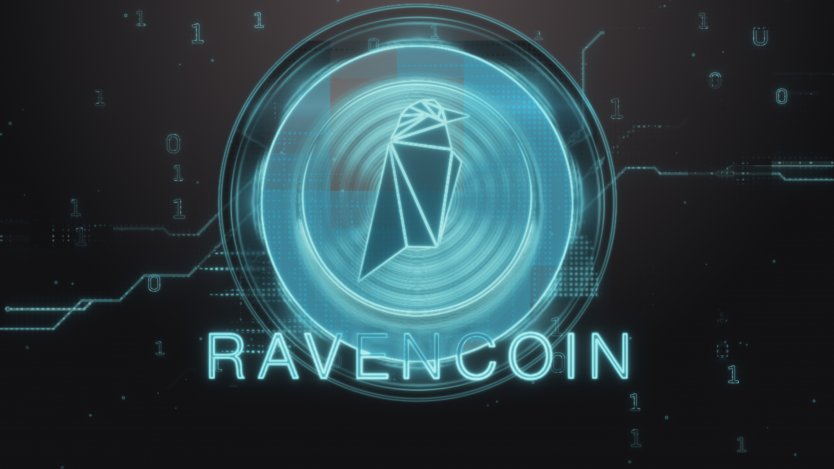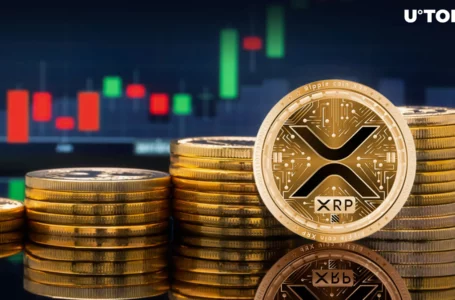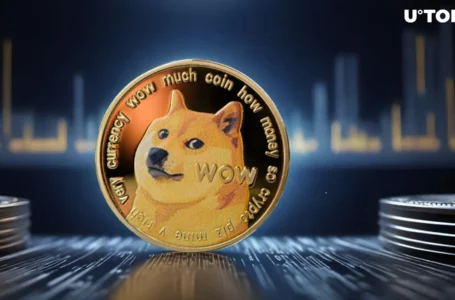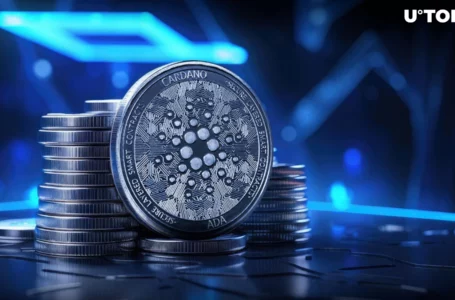
Ravencoin (RVN) was created in 2017 as a fork of the open-source Bitcoin code as a way to hold assets digitally and transfer them easily between parties. That was the specific use case Ravencoin was designed for in contrast with the original Bitcoin, which is meant as a way to transfer value between individuals.
After the debut of Ravencoin on October 31, 2017 the first coins were mined on January 3, 2018. The date is significant as the ninth anniversary of Bitcoin’s launch. There was no pre-mine of Ravencoin.
Ravencoin (RVN) was created with a phased development schedule in place. Work continues on the blockchain and so far, the developers have created the blockchain and mining capabilities, as well as the ability to create unique assets. They have also developed a unique algorithm called x16r, which allows for Proof-of-Work mining while also maintaining ASIC resistance.
Why Ravencoin is Unique
One of the most obvious changes made in the creation of Ravencoin (RVN) is the use of the newly developed x16rv2 algorithm. It was developed specifically to allow for PoW mining but get away from the centralization caused by ASIC mining.
What makes the x16rv2 algorithm unique is that it using 16 different hashing algorithms and randomly chooses one to use. This randomization makes it extremely difficult to develop an ASIC that can take advantage of the x16rv2, and allows anyone the ability to mine Ravencoin without competing with the powerful ASIC rigs.
The Ravencoin team has also stated they will change the algorithms used in x16rv2 if an ASIC rig with the capability to mine the Raven network is ever developed. That’s just what they did in October 2019 when they upgraded from x16r to x16rv2 simply on the suspicion of ASIC rigs mining the network.
The other changes from Bitcoin that were made when creating Ravencoin include the following:
- Total coin supply of 21 billion rather than 21 million;
- Block time reduced from 10 minutes to 1 minute;
- Initial block reward of 5,000 RVN rather than 50 BTC;
- Plans for the future addition of voting, messaging, and staking rewards;
- The addition of the ability to issue and transfer assets, and create unique assets.
What can be Transferred?
The creators of Ravencoin (RVN) made a list of potential use-cases within the white paper, but they emphasized their list was only suggestions, and that virtually anything could be sent with the Raven network since that’s precisely what it was created for.
A few of the suggestions made in the white paper include gold bars or coins, physical fiat currency, rare artwork, real estate deeds, gift cards, in-game assets, electronic tickets, and many other things. Any of these assets can be represented by a non-minable token on the Raven network, with such tokens being freely created by users on the Ravencoin platform.
Security
With so many different assets being stored on the blockchain one of the stated primary goals of Ravencoin (RVN) is security. The blockchain itself functions in much the same way as Bitcoin, and it shares the same level of security that Bitcoin offers. Ravencoin functions with a strong mining community and wide distribution. Privacy is included as one aspect, with Ravencoin fully taking advantage of the inherent separation between a user’s identity and their wallet address.
The developers have also committed to continual improvement of the raven network, and have said that any new technology that improves on the security of the system or the privacy of users will be implemented in Ravencoin whenever possible.
Ravencoin Mining
The Ravencoin (RVN) website says it avoided using a pre-mine so all users will have an equal opportunity to accumulate RVN coins. Proof-of-Work was chosen as the consensus algorithm so Ravencoin could take advantage of building an ever-larger wall of protection against future attempts at censorship and tampering.
Moreover, given the use of the unique consensus algorithm, Ravencoin has been able to stave off the threat that has been posed by ASIC mining chips on other blockchains. This means that Ravencoin is still relatively easy to mine with your home GPU.
Ravencoin Community
Ravencoin (RVN) makes it extremely easy to find a community that suits you, with an entire page dedicated to all the different Ravencoin communities being built across a variety of social media and messaging platforms.
That said, I have seen much larger communities. The main sub-Reddit for Ravencoin has just over 7,000 followers. It is active though, with daily posts and comments on most posts as well. Twitter is also a medium-sized following, with just under 30,000 followers, but like Reddit a good deal of activity within the modestly sized group.
The largest and most active following is on the messaging platforms. The Ravencoin Discord has over 17,000 members, and the Telegram channel has more than 11,000 users. The team is also active in communicating with the community, and founder Tron Black continues blogging about his thoughts regarding the future of Ravencoin on his Medium blog.
Bottom Line
The restraint of Ravencoin’s developers is to be applauded. So many blockchain projects try to pretend they can solve every problem, or try to offer a use-case for every scenario. Ravencoin (RVN) is different because it’s focused on doing one thing right – tokenized asset transfers. That’s bound to help the project become successful.
But Ravencoin (RVN) does remain a young project, and the crypto-landscape changes very rapidly. It’s impossible to predict how well they will remain ahead of the competition, but the active community and partnerships should certainly help.



















